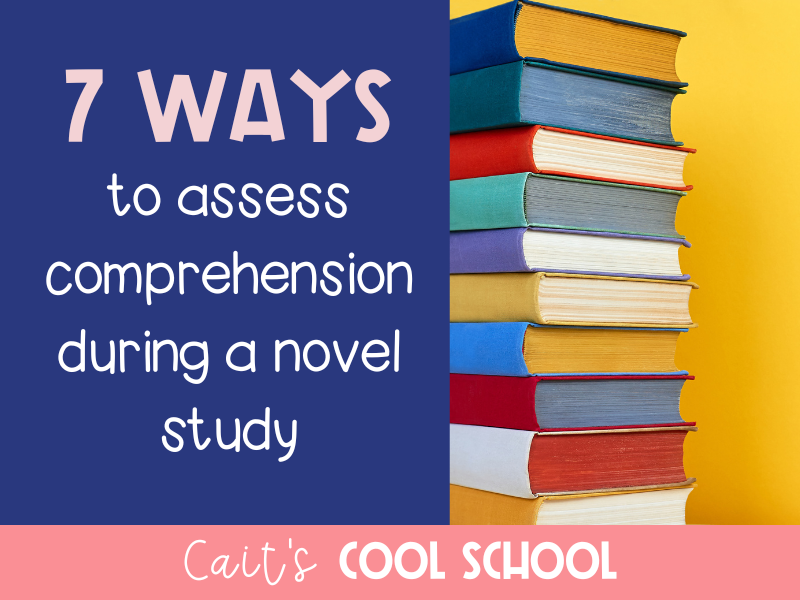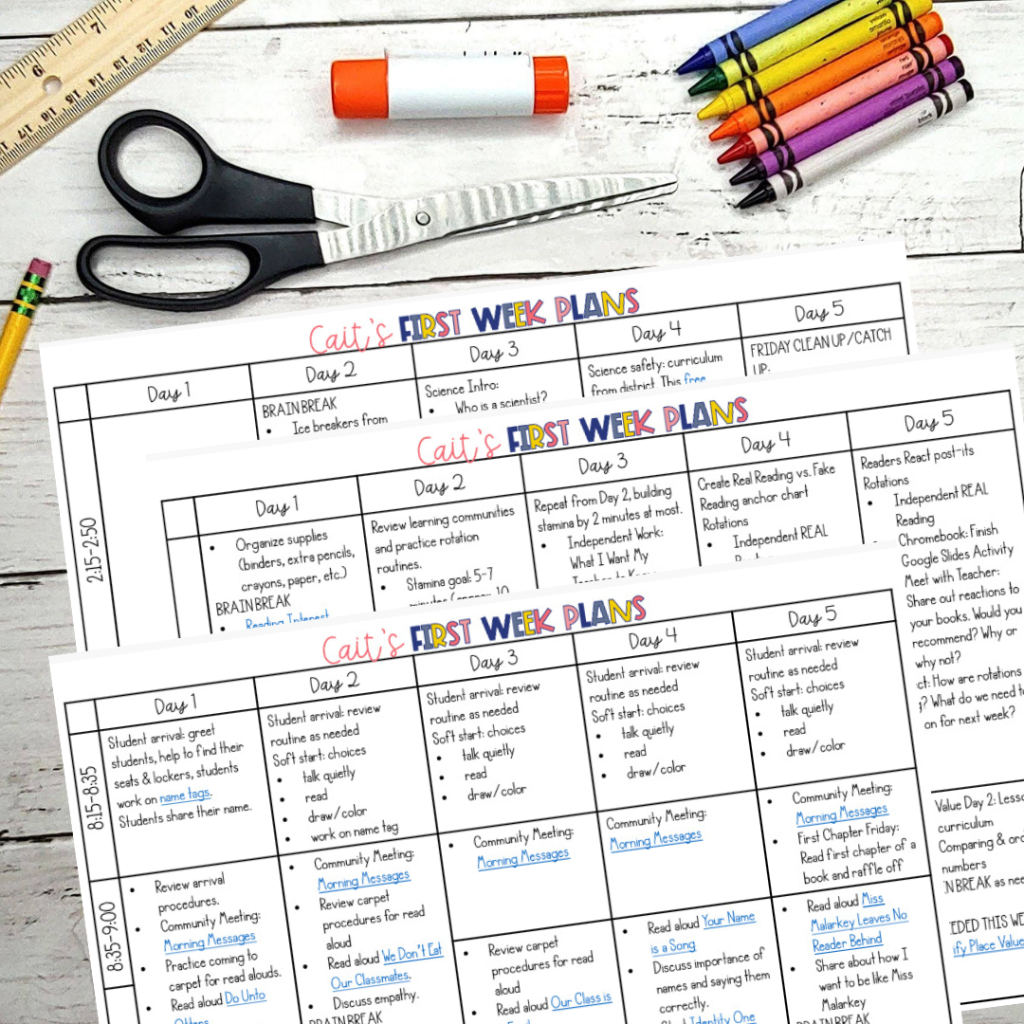
Science has always been my weakest subject. So when I first heard about the “science of reading,” I was skeptical, because a) anything involving science is usually harder for me to understand and b) trendy educational movements never last.
Lucky Me
I had the opportunity to take the LETRS course, which is training about the science of reading (SOR). It was free to me (thanks to my district), so I thought why not?
I’m a changed person. Not only was LETRS the most interesting PD ever, it also was the most reaffirming. Everything (well, most everything) I previously had thought about teaching reading & writing was true. Plus, I came away with even more knowledge about the building blocks of reading skills (helpful since I haven’t ever taught primary grades!). Now, I can’t shut up about SOR (ask my teammates!).
The gist of the science of reading
What you need to know: SOR isn’t a “trendy” topic. It’s been around for years, but is only now becoming more widely known. Be mindful of resources being labeled “SOR aligned” unless you know the author truly has an SOR background. (Remember when everything was labeled CCSS approximately five seconds after Common Core State Standards came out??)
My favorite visual/tool for SOR is Scarborough’s Reading Rope. The strands show a breakdown of the complicated reading process and how the parts are intertwined. This article from Brain Trust has a quick overview of each part. Reading skills are strongest when they’re all working together.

My Fave Five FREE SOR Resources
Want to learn more about SOR, but you don’t have the time (or money) for a full course like LETRS? I get it! Here are some different resources to help you dive into SOR.
- Sold a Story Podcast: I couldn’t stop listening to this. It explains how SOR has been around for a long time, and how America (along with many countries) were “sold” the three cuing system and balanced literacy approaches. I’m not always a podcast person, but I loved this.
- Florida Reading Research Center: Great information and free resources you can use in the classroom. I’ve used several activities to supplement our word work lessons.
- Science of Reading Facebook Groups: There’s a basic one and then one for 3rd grade and up (I find this one more helpful for me). This is great for asking questions, finding resources, and getting feedback from other teachers.
- Word Connections: This is a free reading intervention program for multi syllabic words. While I haven’t personally used it, I did download the resources and thought it looked helpful! Even just using the scope & sequence to get an idea for an appropriate order to teach the skills is useful.
- Science of Reading Podcast: With tons of episodes, you can hear about the topic from a variety of experts. I like how the episodes are relevant and include subjects like literacy legislation, bilingualism, and multi-tier supports. Whatever you’re teaching (grade level or special groups), you’ll find something helpful.
Hopefully these resources help you get started with SOR. Look for future blog posts about what SOR looks like in an upper elementary classroom, especially for students on a variety of reading levels.

It sounds complicated, but it doesn’t have to be.
One easy way to follow SOR best practices is integrating reading & writing for efficiency and effectiveness. Check out this free writing activity based on the adorable Memoirs of a Goldfish.
For even more ideas for integrating reading & writing, check out this blog post.





 The first FIVE days of lesson plans for the beginning of the year.
The first FIVE days of lesson plans for the beginning of the year.